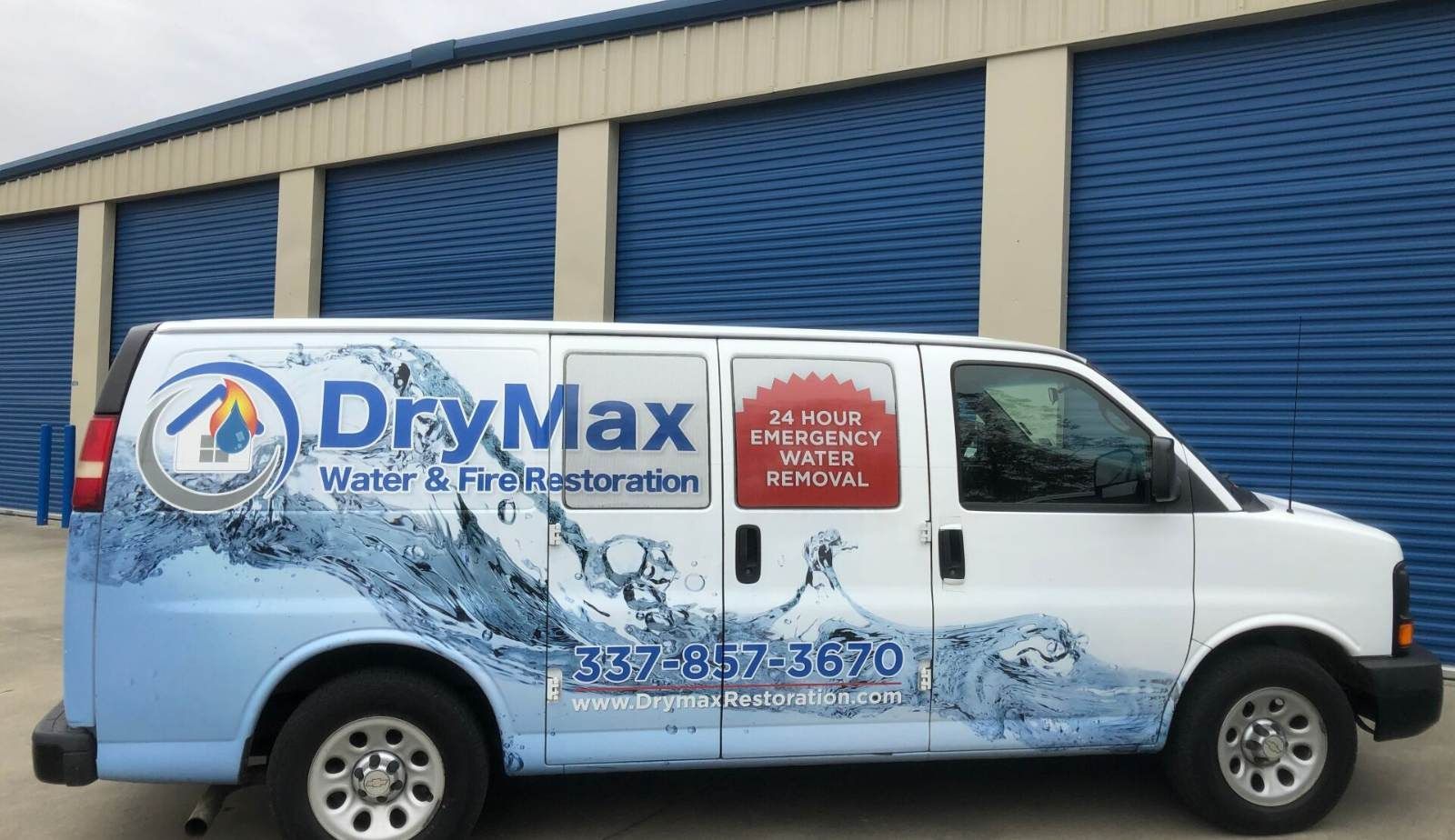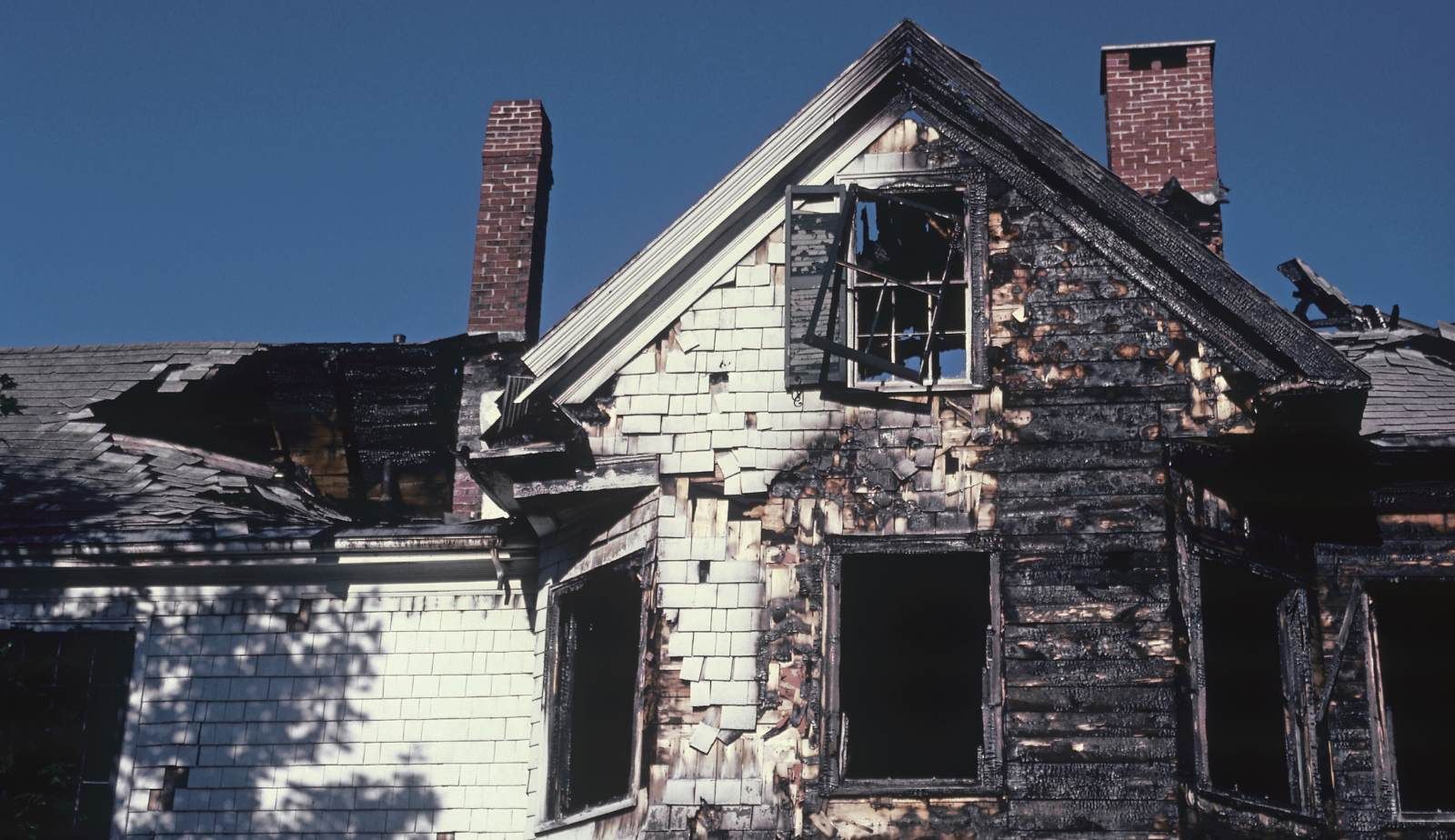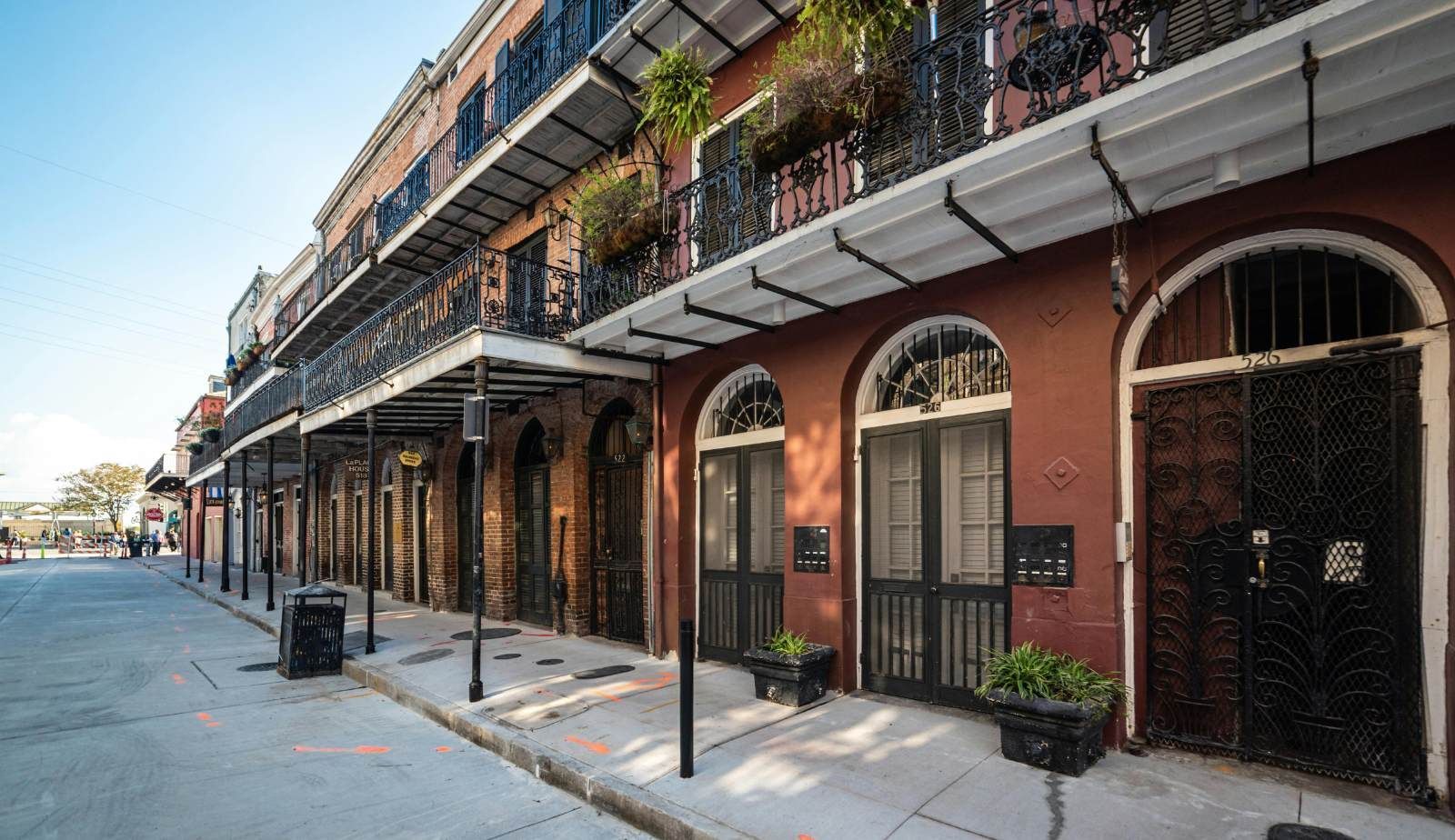Essential Maintenance Tips to Prevent Water Leaks in Humid Climates Like Louisiana Advice from Drymax
Homes in humid climates like Louisiana face unique challenges when it comes to water leaks and moisture damage. High humidity levels increase the risk of leaks, mold, and structural problems, making regular maintenance essential to protect a property’s value and safety. Understanding effective strategies to prevent water infiltration can save homeowners time and costly repairs.
The key to preventing water leaks in humid environments is a combination of sealing cracks, maintaining gutters, and controlling indoor humidity through proper ventilation and dehumidification. This approach reduces the chances of water damage and limits mold growth, which thrives in damp conditions.
Routine inspections and upkeep of roofing, windows, and drainage systems are critical steps. By addressing small issues early on, homeowners can avoid major leaks and deterioration caused by prolonged exposure to moisture.
Understanding Water Leaks in Humid Climates
Water leaks in humid climates often arise from the interaction of moisture with building materials and home infrastructure. High indoor humidity encourages condensation, structural decay, and mold growth, all of which can lead to water intrusion. Louisiana's unique climate presents specific factors that must be addressed to reduce leak risks effectively.
How Humidity Contributes to Water Intrusion
Humidity causes excess moisture to accumulate on surfaces and inside walls when warm, moist air meets cooler building materials. This condensation can deteriorate wood, corrode metal pipes, and weaken seals around windows and doors.
Indoor humidity levels above 50% increase the likelihood of mold and mildew, which thrive in moist environments and can worsen structural damage. Using dehumidifiers and maintaining air conditioning are critical steps to keep humidity in check and minimize water intrusion risks.
Moisture also promotes material expansion and contraction, creating cracks and gaps that water can enter and accumulate. Preventative measures include sealing leaks and improving ventilation to reduce trapped moisture.
Specific Challenges in Louisiana Homes
Louisiana’s hot, humid climate with frequent rain and storms amplifies moisture problems in homes. The combination of high humidity and heavy rainfall leads to increased chances of roof leaks, foundation water intrusion, and plumbing issues.
Homes often face challenges such as inadequate ventilation in utility areas, roofs damaged by storms, and older insulation without proper vapor barriers. Foam insulation with vapor barriers is recommended over traditional fiberglass to limit moisture migration inside wall cavities.
Regular maintenance like cleaning gutters and downspouts ensures proper water drainage away from the home. Inspecting for cracks around windows, doors, and the foundation, then sealing them promptly, helps prevent water intrusion caused by the state’s climate.
Signs of Developing Water Leaks
Identifying early signs of water leaks prevents costly damage. Common indicators include:
- Discolored or peeling paint on walls or ceilings
- Musty odors signaling mold or mildew growth
- Warped or soft flooring, often caused by prolonged moisture exposure
- Visible condensation on pipes or windows, especially in closed spaces
- Dripping sounds or unexplained increases in water bills
Homeowners should also watch for stains near plumbing fixtures and cracks in the foundation or walls. Regular inspection combined with humidity control can detect leaks before they develop into serious problems.
Fundamental Maintenance Practices to Prevent Water Leaks
Preventing water leaks in humid climates requires targeted inspections and timely repairs. Homeowners should focus on detailed checklists, prioritize key vulnerable areas, and address any issues immediately to avoid further damage.
Routine Inspection Checklists
A thorough inspection involves checking roofs, gutters, plumbing, and HVAC units regularly. Look for signs like discoloration, drips, or mold growth around ceilings and walls. Ensure gutters and downspouts are clear from debris to prevent water overflow.
Pipes, especially those exposed or in unheated spaces, need inspection for cracks or corrosion. Flushing the water heater annually helps reduce sediment buildup that can cause leaks. Using leak detection devices can alert homeowners to hidden or early-stage leaks before they escalate.
Critical Areas Needing Regular Monitoring
The roof is a primary concern due to constant exposure to rain and humidity. Inspect shingles for damage or wear, and check flashing around chimneys and vents. Window and door seals must be intact; gaps allow moisture penetration and increase leak risk.
Basements and foundations require attention, especially in Louisiana’s flood-prone regions. Look for cracks or pooling water near the foundation. HVAC systems are vulnerable to condensation issues; regular inspection of drains and drip pans is essential to prevent leaks caused by blockages.
Handling Immediate Repairs
Once a leak or damage is detected, prompt action is necessary. Small roof leaks should be patched using appropriate sealants and replaced shingles if needed. Caulk gaps around windows and doors to keep moisture out.
Damaged pipes must be repaired or replaced quickly to avoid water damage or mold growth. If leaks originate from HVAC units, cleaning or replacing clogged drain lines and pans can prevent overflow. Addressing these issues immediately minimizes structural deterioration and costly repairs.
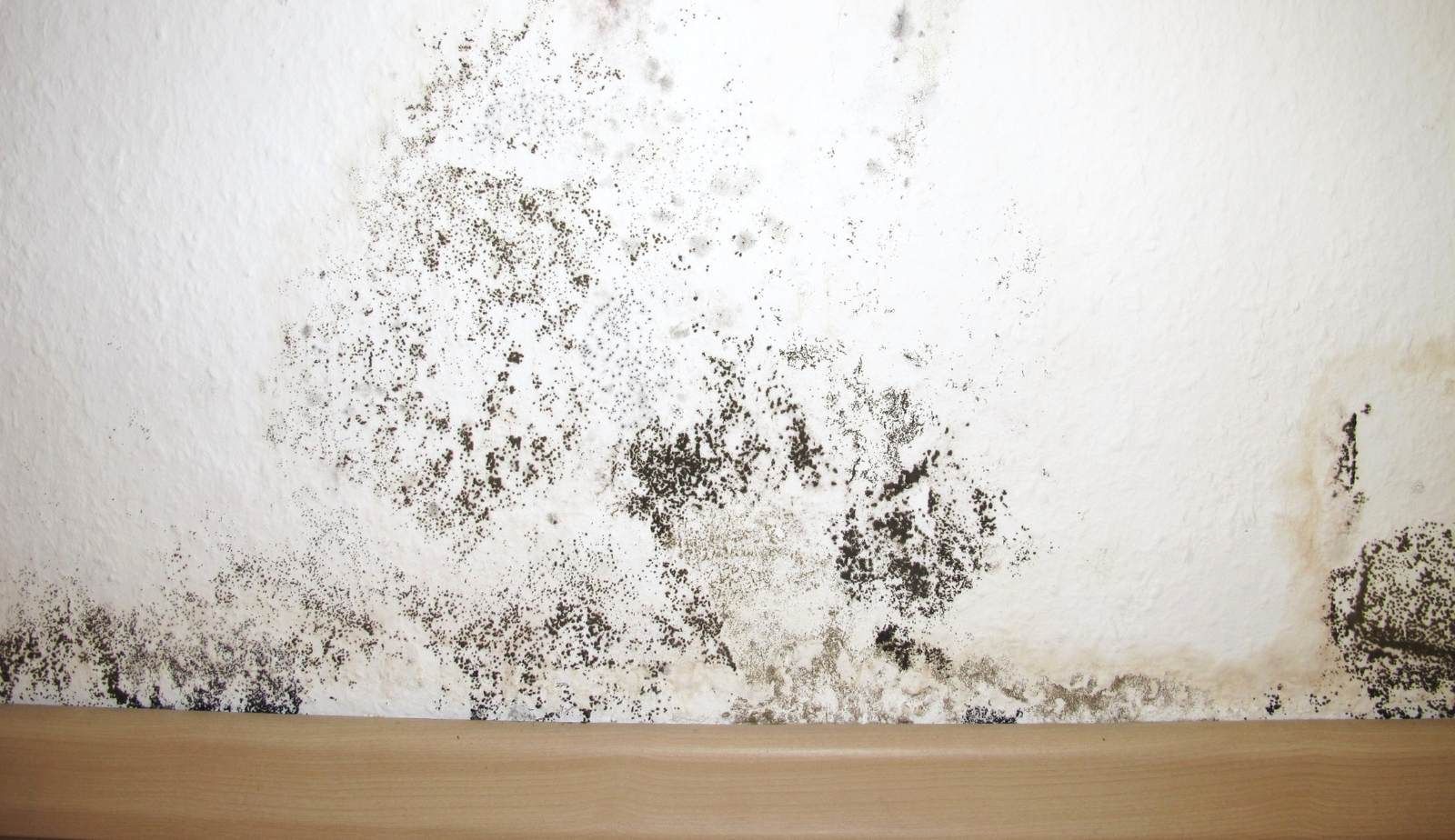
Protecting Roofs and Attics against Moisture
In humid climates like Louisiana, moisture control is critical to prevent leaks and structural damage. Selecting appropriate materials, ensuring proper airflow, and focusing on vulnerable roof areas are key strategies to guard homes against water intrusion and mold growth.
Roofing Materials for High-Humidity Regions
Roofs in humid areas must resist constant moisture and slow drying. Materials such as metal roofing, asphalt shingles with algae-resistant coatings, and clay or concrete tiles offer durability against humidity.
Metal roofs prevent water absorption and dry quickly, reducing mold risks. Asphalt shingles should have treatments to prevent algae and moss, common in damp environments. Clay tiles naturally resist moisture but require sturdy underlayment to manage humidity.
Using water-repellent sealants on all roofing materials enhances protection by blocking water penetration. Regular inspections for worn or cracked seals help maintain these barriers effectively.
Attic Ventilation Best Practices
Proper attic ventilation reduces moisture buildup that can lead to mold and wood rot. It is essential to have balanced ventilation with both intake and exhaust vents, such as soffit vents paired with ridge or gable vents.
This airflow removes humid air and prevents condensation. Closed or blocked vents increase humidity, accelerating roof damage. A vapor barrier installed below the attic floor can further limit moisture migration upward.
Homeowners should schedule regular checked ventilation and clear debris to sustain consistent airflow, especially after storms or heavy rain.
Identifying Vulnerable Roof Areas
Certain roof sections are more prone to moisture intrusion, including flashings around chimneys, vents, skylights, and roof valleys. These areas often have gaps or wear that allow water entry.
Inspecting flashings for rust, cracks, or separation is vital. Sealing small cracks early prevents leaks before they become severe. Roof valleys channel water and can collect debris that traps moisture, so cleaning and maintenance here is critical.
Areas with damaged shingles or loose fasteners also require attention to avoid creating entry points during heavy rainfall. Regular roof inspections focus on these vulnerable spots to reduce costly repairs.
Securing Plumbing Systems in Humid Environments
Humidity in places like Louisiana increases the risk of water damage through leaks and condensation. Proper upkeep, insulation, and leak detection methods are vital for maintaining plumbing integrity and avoiding costly repairs.
Maintenance for Indoor Plumbing
Routine inspection of pipes, faucets, and fixtures is critical in humid climates. Homeowners should check for signs of corrosion, mineral buildup, or drips at least every few months. Fixing leaks early prevents moisture buildup and mold growth.
Regularly clearing drains and condensate lines ensures water flows freely and stops standing moisture. Water pressure should also be monitored; high pressure can strain pipes and joints. Using air conditioning or dehumidifiers indoors reduces humidity, lowering the stress on plumbing components.
Dealing with Pipe Sweating and Condensation
In humid areas, cold water pipes may develop condensation or "sweat," leading to moisture damage. Wrapping pipes with foam insulation that includes a vapor barrier is an effective way to prevent this.
Proper ventilation around plumbing helps dissipate moisture. Exhaust fans in kitchens and bathrooms should be used during activities that generate humidity, such as cooking or showering. Monitoring humidity levels between 30-50% discourages condensation and mold on pipes.
Preventing Hidden Leaks
Hidden leaks often start in inaccessible areas like behind walls or under floors. Regular inspections with moisture meters and infrared cameras can detect early signs of leaks or water damage.
Sealing cracks and gaps in walls or around pipe entries with caulk or weatherstripping is essential. This acts as a barrier to outdoor moisture entry. Professional plumbing checks every 1-2 years help ensure no unseen leaks are developing, especially important in highly humid locations like Melbourne, where similar moisture challenges can exist.
Enhancing Exterior Protection and Drainage
Proper water management around a home reduces the risk of leaks and damage, especially in humid areas like Louisiana. Key focus areas include maintaining effective gutter systems and protecting the foundation and exterior walls from moisture intrusion.
Gutter Care and Downspout Maintenance
Regular inspection and cleaning of gutters are crucial to prevent water buildup. Leaves and debris block water flow, causing overflow that can damage siding and erode soil near the foundation.
Downspouts should direct water at least 3 to 4 feet away from the house to avoid pooling near the foundation. Extensions or splash blocks can help achieve this.
In humid climates, gutters can accumulate mold and mildew. Pressure washing and applying protective sealants prevent deterioration and maintain proper drainage year-round.
Regular maintenance ensures gutters do not sag or pull away under water weight. Secure fasteners and check for leaks at joints during inspections, particularly before and after the rainy season.
Sealing Foundation and Exterior Walls
Sealing cracks and joints on the foundation and exterior walls prevents water seepage that leads to structural damage and interior leaks.
Use high-quality waterproof sealants compatible with the building’s materials. Pay close attention to areas around windows, doors, and utility penetrations.
In regions like Vermont, where temperature fluctuations are common, sealants must be flexible to accommodate expansion and contraction without cracking.
Regularly inspect the sealant's condition; reapply when signs of wear or peeling appear. Proper grading around the foundation that slopes away from the house minimizes water exposure on these surfaces.
Maintaining this barrier protects against mold growth and reduces moisture-related issues inside the home.
Choosing Moisture-Resistant Materials and Coatings
Effective moisture control in humid climates requires careful selection of coatings and paints designed to withstand constant dampness. Using advanced, moisture-resistant materials significantly reduces risks of mold, rot, and corrosion in structures. Proper product choice improves durability and maintenance efficiency.
Types of Protective Coatings for Humid Areas
Protective coatings designed for humid environments focus on water resistance and durability. Water-repellent sealants like silicone or polyurethane create barriers preventing moisture infiltration. These coatings often include anti-microbial properties to inhibit mold growth.
Elastomeric coatings offer flexibility, accommodating expansion and contraction of surfaces due to temperature changes. This prevents cracking, a common pathway for water damage. For wood surfaces, weather-resistant stains or paints designed specifically for moisture exposure extend life spans.
Regular application and maintenance of these coatings ensure their effectiveness. Coatings suitable for brick, concrete, steel, and fiber cement enhance resistance to the common issues caused by Louisiana’s humidity.
Paint Selection Tips for Damp Environments
Selecting paint for humid climates involves prioritizing moisture resistance and mold prevention. Acrylic paints are highly recommended due to their water resistance and quick drying, which reduces surface exposure to damp air.
Using mold-inhibiting additives in paint formulas helps prevent microbial growth on walls and trim. It is critical to prepare surfaces thoroughly, removing any existing mold or mildew before painting to ensure proper adhesion.
Applying multiple thin coats improves paint longevity more than one heavy coat. Semi-gloss or satin finishes provide better moisture resistance compared to flat paints, making them ideal for kitchens, bathrooms, and basements prone to humidity.
Long-Term Benefits of Technological Advancements
New building materials incorporate innovative solutions for moisture control. Fiber cement siding, engineered wood with moisture barriers, and advanced masonry blends resist mold, rot, and corrosion better than traditional materials.
Technological advances also include coatings with nano-particles that improve water repellency while allowing breathability, preventing trapped moisture and condensation.
These advancements reduce long-term maintenance costs and enhance building longevity. Embracing these modern materials aligns with sustainable building practices while addressing the specific challenges of humid climate construction.
Additional Tips from Drymax for Water Leak Prevention
Effective water leak prevention in humid climates requires specific local strategies and consistent upkeep throughout the year. Targeted measures help manage moisture and reduce risks associated with Louisiana's climate.
Custom Recommendations for Louisiana Residents
Louisiana’s high humidity and frequent rainfall demand special attention to ventilation and moisture control. Drymax advises installing exhaust fans in bathrooms and kitchens to reduce indoor humidity. Proper insulation around pipes is critical to prevent condensation that can lead to leaks.
Homeowners should prioritize exterior maintenance, such as clearing gutters and downspouts regularly to prevent water overflow near the foundation. Landscaping should slope away from the house to direct water flow away from the structure. Using moisture-resistant building materials can also reduce the chance of water damage.
Drymax underscores the importance of regular inspections of plumbing fixtures and outdoor faucets, especially after storms. Early detection of minor leaks or corrosion can prevent major repair costs.
Seasonal Maintenance Strategies
Seasonal checks are vital to prevent leaks caused by temperature changes and weather variations in Louisiana. Drymax advises inspecting roofing and flashing parts after hurricane season to identify and repair vulnerabilities.
Before winter, draining and shutting off outdoor irrigation systems and hoses is essential to avoid freezing damage. Inside, monitoring humidity levels with a dehumidifier during the wet season minimizes mildew growth and protects structural elements.
Spring maintenance should include thorough testing of sump pumps and drainage systems to ensure they handle increased rain. Keeping rainwater diversion systems clear and operational throughout the year supports effective water management.
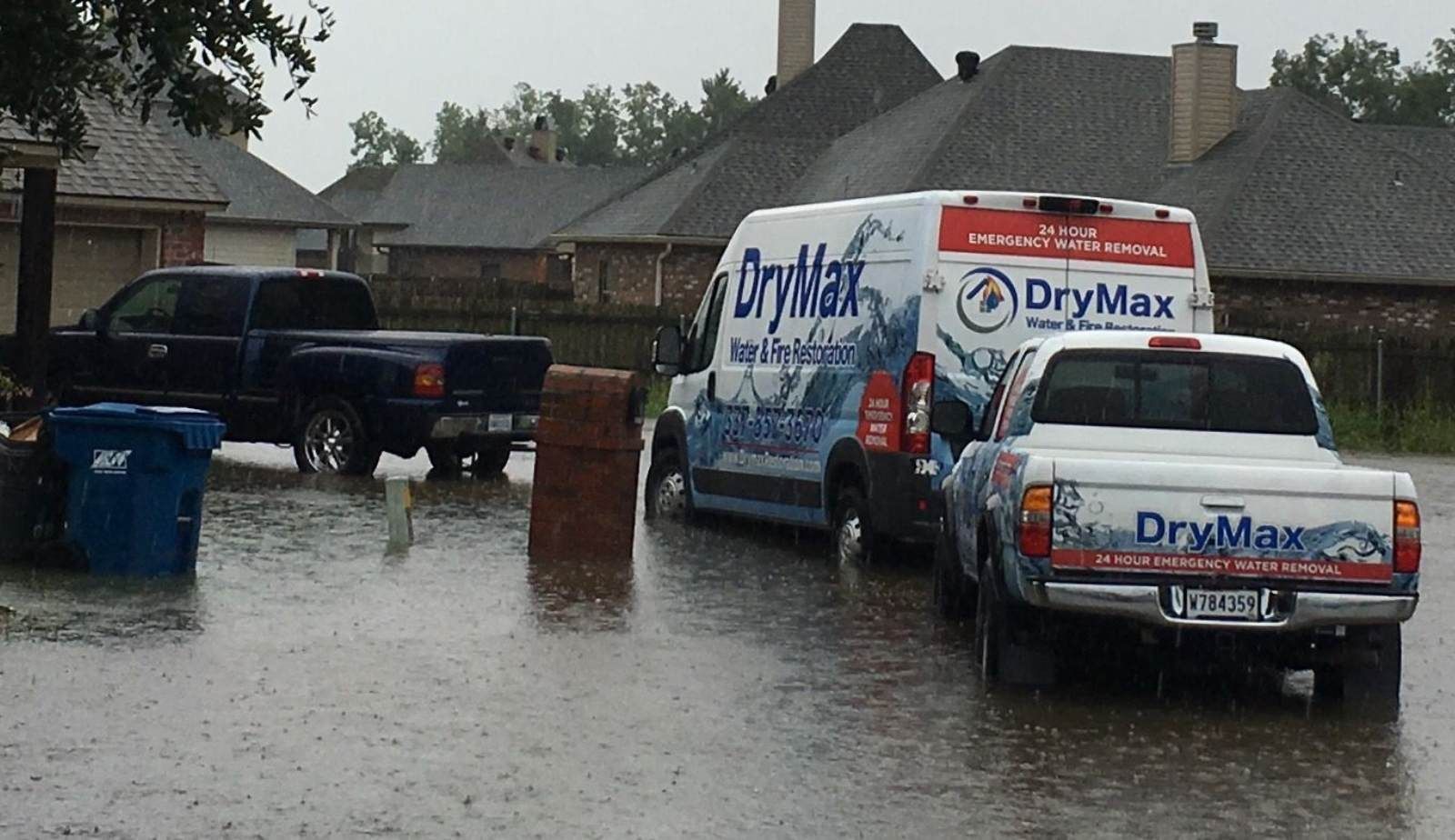
Frequently Asked Questions
Preventing water leaks in humid climates requires targeted actions such as regular inspections, effective waterproofing, and proper landscaping. Key moisture entry points and vulnerable areas demand focused maintenance to keep homes dry and structurally sound.
What are some effective methods to keep a house dry and moisture-free in humid areas?
Proper ventilation and dehumidification systems help control indoor humidity levels. Sealing foundation cracks and installing sump pumps in basements also reduce water intrusion.
Regular cleaning and maintenance of gutters and downspouts prevent water buildup near the home's base. Using moisture-resistant siding materials like vinyl or fiber cement minimizes external moisture absorption.
How often should I inspect my property for potential water intrusion in a humid climate?
Inspection of a property in humid environments should occur at least twice a year. Additional checks after heavy rain or storms help identify new damage quickly.
Areas such as the roof, foundation, and crawl spaces require consistent monitoring for cracks or leaks. Early detection prevents extensive water damage.
What type of waterproofing treatments are considered most durable for homes in Louisiana?
Elastomeric coatings and cementitious waterproofing sealants provide strong barriers against moisture. These are flexible, long-lasting, and can handle the humid climate’s stress.
Applying sealants to foundation walls and basements prevents water seepage. Regular reapplication is necessary to maintain effectiveness over time.
Can landscaping affect water leak prevention in areas with high humidity, and how?
Yes, landscaping impacts water flow around the home. Proper grading directs water away from the foundation, reducing leak risks.
Planting native, water-tolerant vegetation improves soil drainage. Avoid piling mulch or soil against the siding, which can trap moisture.
What are the critical areas to monitor for leaks in a home located in a high-humidity region?
Frequent checks should focus on the roof, gutters, flashing, windows, doors, and foundation. Areas prone to mold or algae growth signal moisture problems.
Basements and crawl spaces are especially vulnerable, requiring inspection for water stains or dampness. HVAC systems also need monitoring because high humidity can impair their function.
Which maintenance practices are crucial for protecting a basement against moisture and leaks?
Installing and maintaining a sump pump is essential in flood-prone zones. Sealing any foundation cracks and applying waterproof coatings protect against seepage.
Ensuring proper drainage around the home with functional gutters and downspouts prevents water accumulation near the basement walls. Regularly checking for signs of mold or dampness helps identify issues early.
You might also like
DryMax Restoration Blogs

